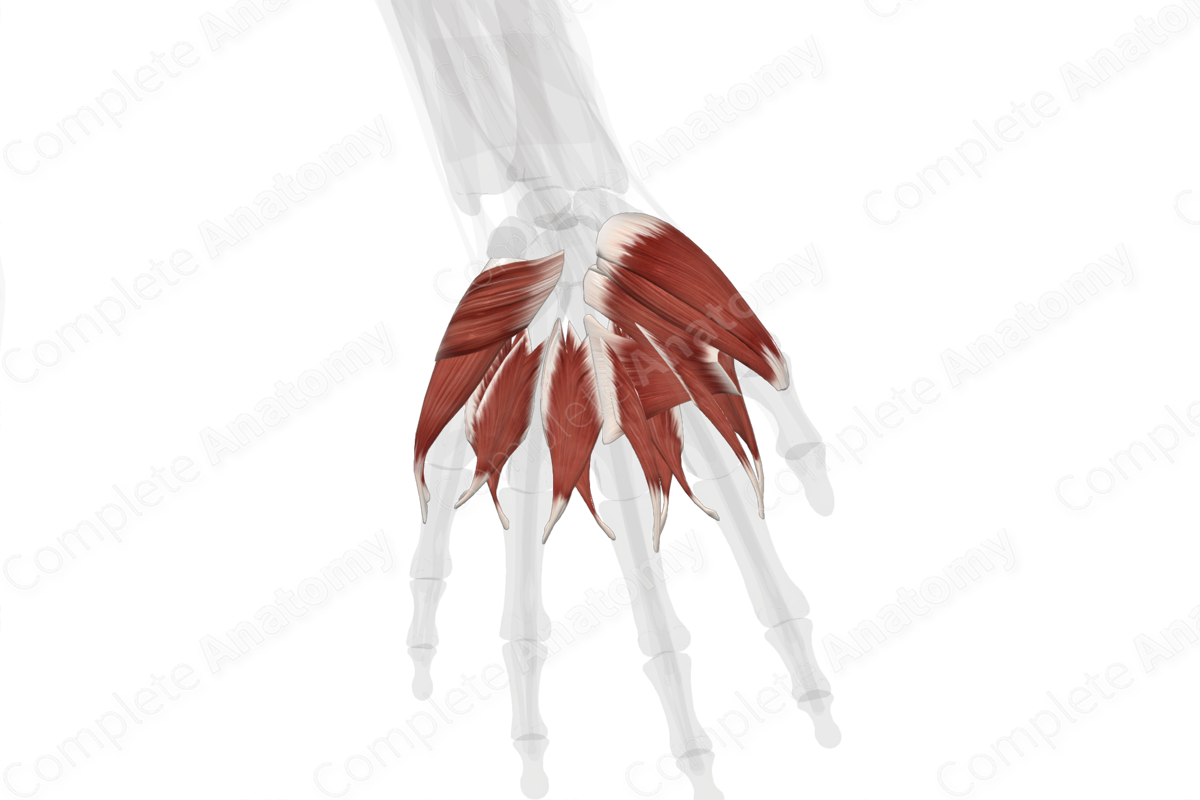
Description
The hand is composed of both intrinsic and extrinsic muscles.
- The extrinsic muscles of the hand are the long flexor and extensors that originate in the arm or forearm.
- The intrinsic muscles of the hand are a group of muscles that originate and insert into structures within the hand itself.
The intrinsic muscles of the hand are involved in fine motor movements and allow for great dexterity of the hand.
For classification purposes, the intrinsic muscles of the hand are divided into five distinct groups:
- thenar muscles;
- adductor pollicis muscle;
- hypothenar muscles;
- interossei muscles of hand;
- lumbrical muscles of hand.
Related parts of the anatomy
Learn more about this topic from other Elsevier products
Muscles of the hand: Video, Causes, & Meaning

Muscles of the hand: Symptoms, Causes, Videos & Quizzes | Learn Fast for Better Retention!
Hand Muscle

39,40 The lumbricals are a group of intrinsic hand muscles that originate on the flexor digitorum profundus (FDP) tendons.




